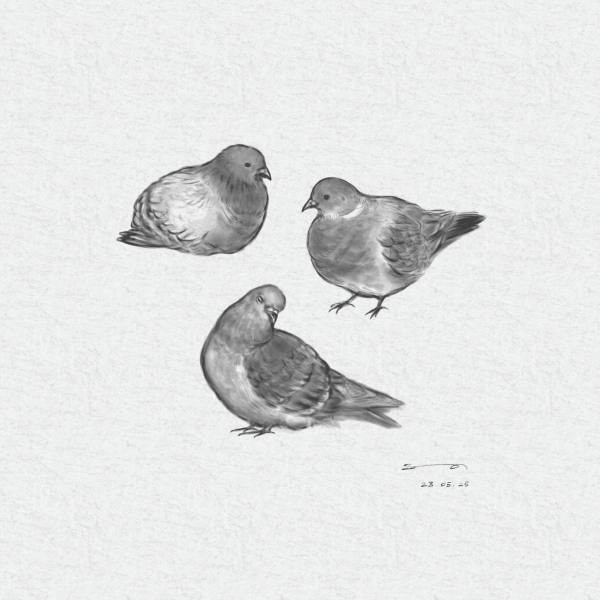Are Fidgets helpful for Concentrating in Class?
Continuing with our series of opinion pieces from grade 11, we have Isabelle R’s article about fidget spinners and their place in schools.
Remember when fidget spinners were a big thing? Students would play with fidget spinners in class and over time teachers and schools would ban them from their classrooms. As someone with Attention Deficit Hyperactivity Disorder (ADHD) I have a difficult time focusing in class and I personally can see the benefit of keeping my hands occupied. Opinions and studies are mixed on whether fidget toys help people with ADHD, but I have found them personally to be helpful.
There are different types of fidget toys and not all of them are known to be distracting to others like the mere clicking of a pen or the fidget spinner. For example, stress balls, fidget rings, marble fidgets, infinite cubes, and even silly putty, etc. are quiet fidgets and are less disruptive in lessons. The main reason fidget spinners were banned was due to the fact that they became a fad, where everyone had to have one. Also, the noise became a huge distraction in class.
In order to best serve students who have ADHD, I feel there should be limits on the types of fidgets and who is allowed to use them in class. Fidgets allowed in classrooms should be silent and non-disruptive to others. Also, fidget toys should be limited to students who are diagnosed with ADHD or other disorders that can benefit from their use. By following these guidelines students who benefit from the support of these devices will be able to continue to use them without causing teachers to feel the need to ban them for everyone.
Not only toys designated with the name fidget toys can help, but other activities for your hand such as knitting, crocheting, braiding, and doodling can also benefit people with ADHD. In fact, my sister’s coworker started knitting during the pandemic while on her work calls. She found that she could concentrate better and retain more information from the meetings.
Though there is a good side to fidgets there is also a bad side. Kendra Cherry, in an article entitled “Do Fidget Toys for ADHD Work?”, refers to a 2018 study published in the ‘Journal of Affective Disorders’ that suggests that fidget toys have a negative effect on attention with ADHD kids. Cherry further explains that they may help as they are introduced but as they lose their novelty they lose their effectiveness. However, she adds that other research has found that “physical activity—including small hand movements—releases dopamine and norepinephrine. This can lead to improved focus and better attention.”
This shows that although there may be negative effects from the fidget toys, they still can be helpful. It’s important that fidgets should be silent and not disruptive to others. In conclusion, I believe that although fidget toys have disrupted kids in the past, and their effect may not last, it would be beneficial to allow students with ADHD or other disorders to have them in the classroom.







6C • Mar 7, 2023 at 14:13
Wow